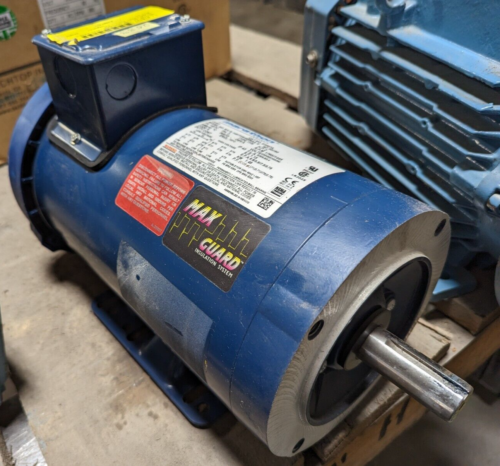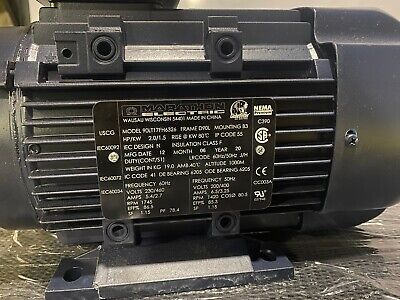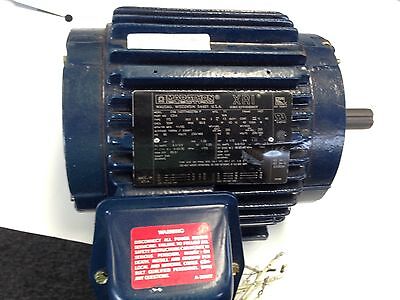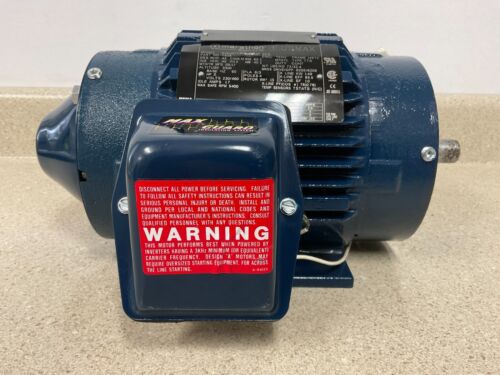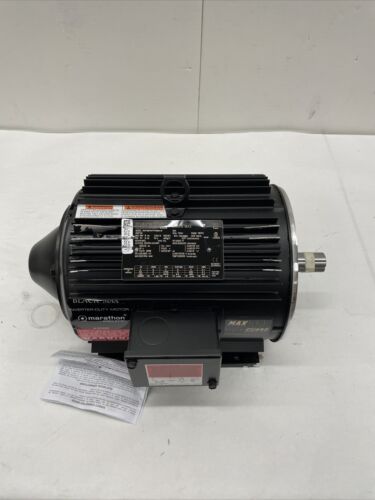- Joined
- Nov 30, 2022
- Messages
- 105
Hi All,
I looked but found no 'recent' posts relevant to my question and certainly nothing definitive.
Has anyone in the last year or so converted a G4003/G4003G to 3 HP using a VFD? I found some posts that skimmed this subject which left more questions than answers. For instance:
Thanks,
John
I looked but found no 'recent' posts relevant to my question and certainly nothing definitive.
Has anyone in the last year or so converted a G4003/G4003G to 3 HP using a VFD? I found some posts that skimmed this subject which left more questions than answers. For instance:
- What is the general consensus as to the 2 HP motor in terms of power? Too little, just right, too much (see next question).
- I've read many say that the lathe is a 1.5 HP max machine and are surprised it has a 2 HP motor. I look at the gearbox and though I am not a Mechanical Engineer, the gears and casting do not look all that beefy but I haven't seen any gripes about broken gear train or casting and the lathes have been around for some time.
- Going the other way (assuming the gearhead is up to it, there must be conversion (efficiency) loss with the VFD and I wonder if 3 HP may be appropriate? Current (thus torque) can always be controlled through the VFD (I presume it has current limits in the run mode) - so derating to 2 1/2 HP?
- If going the 3 HP route, I don't mind changing the mount but really do not want to remove or cut sheet metal.
- Previous posts reference motors/VFDs that are now obsolete. Any sources or substitutes?
Thanks,
John


